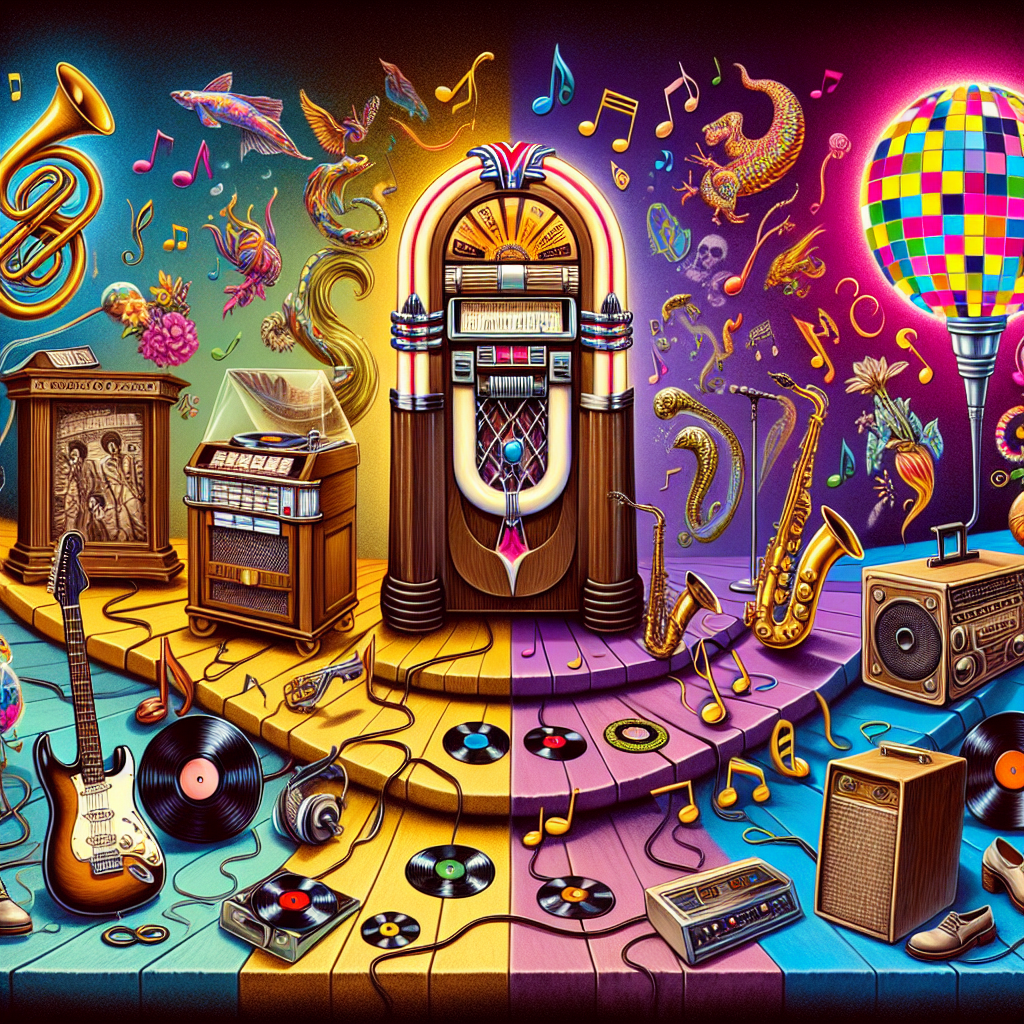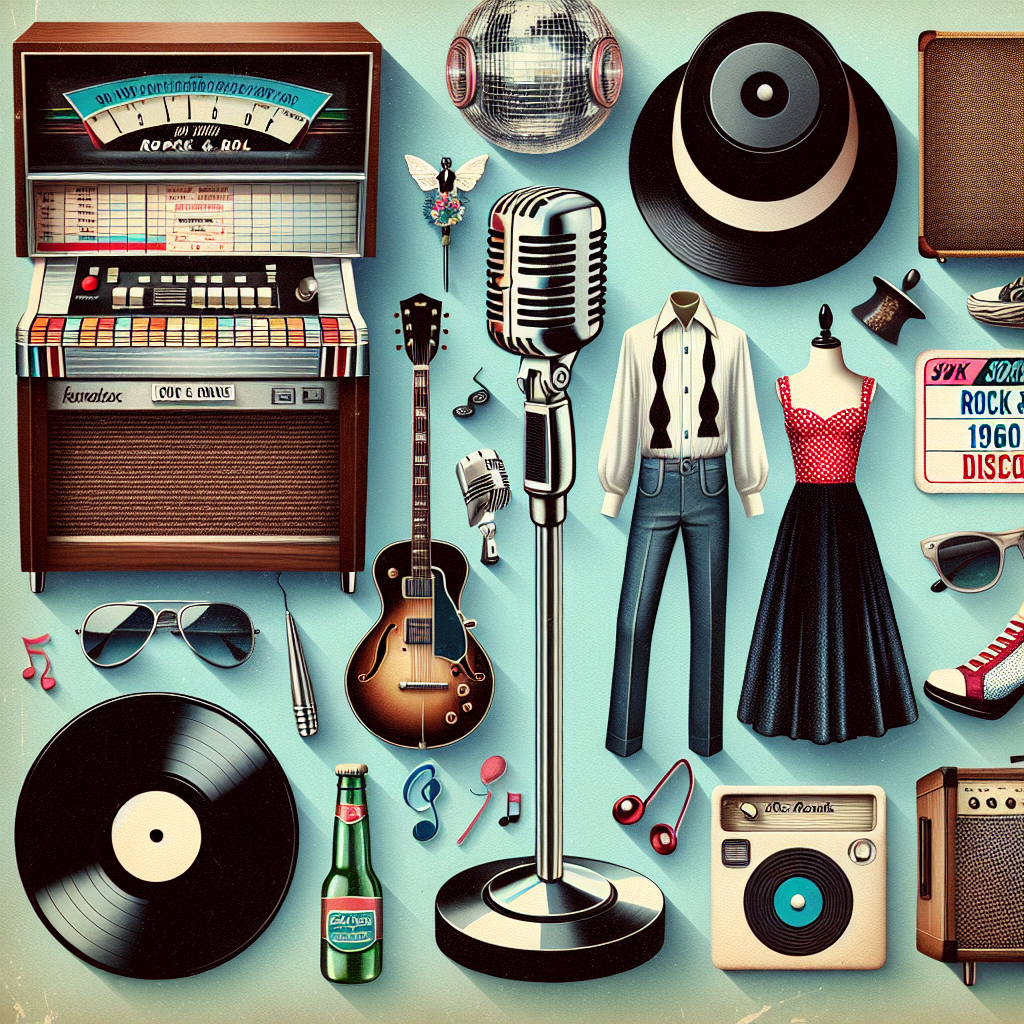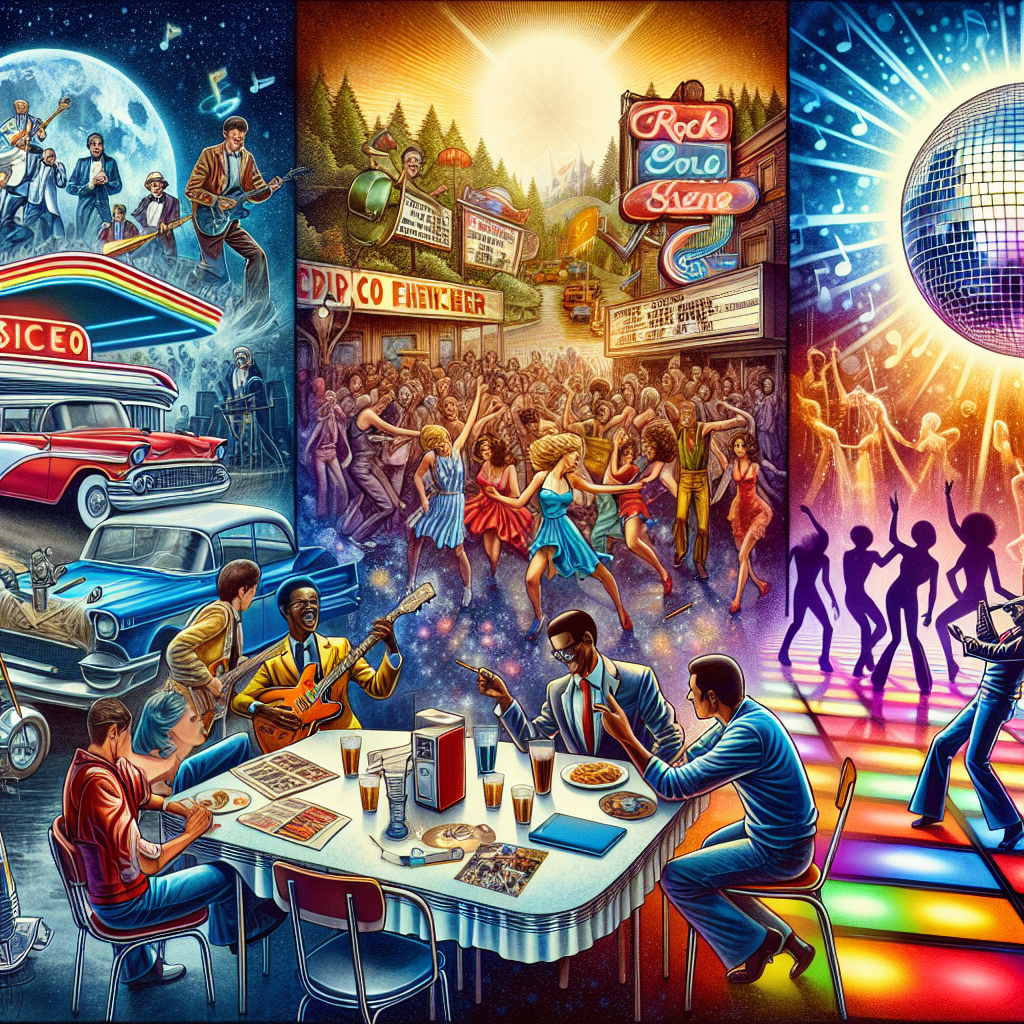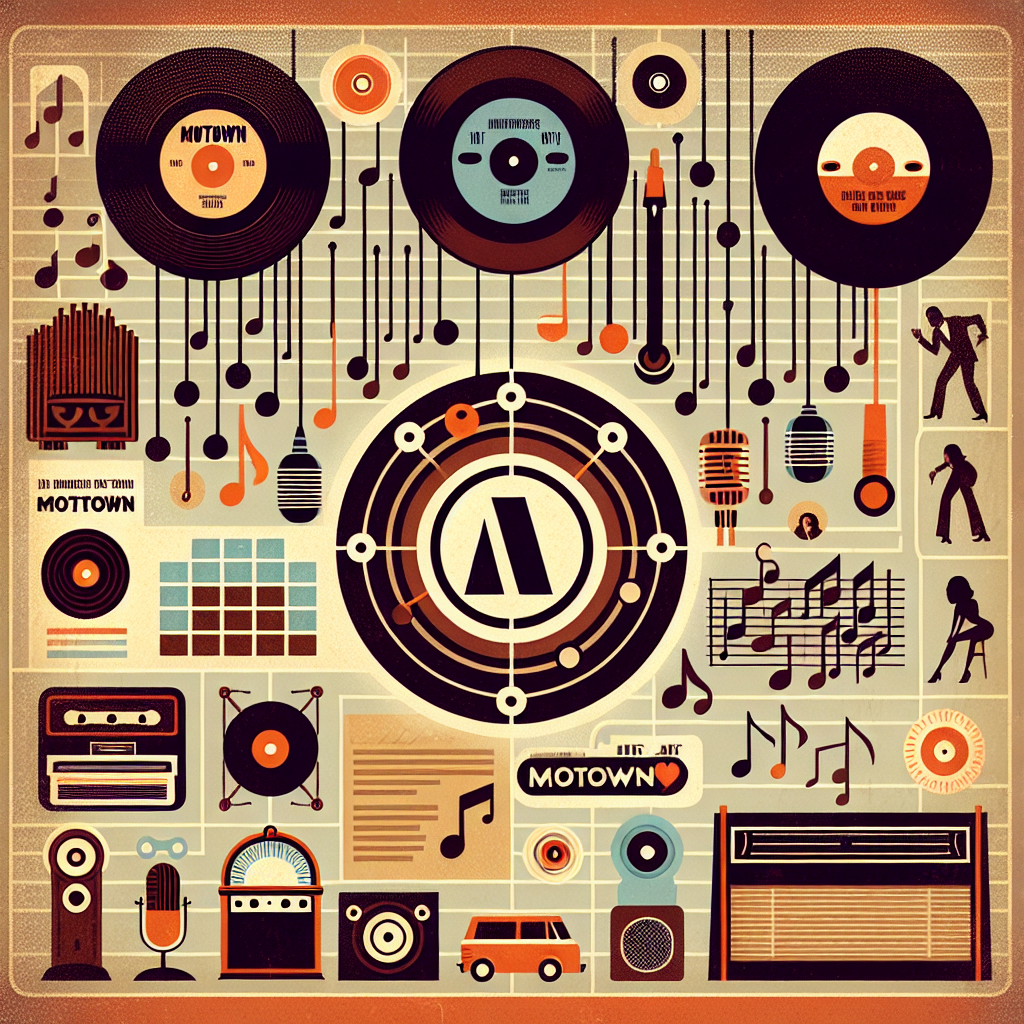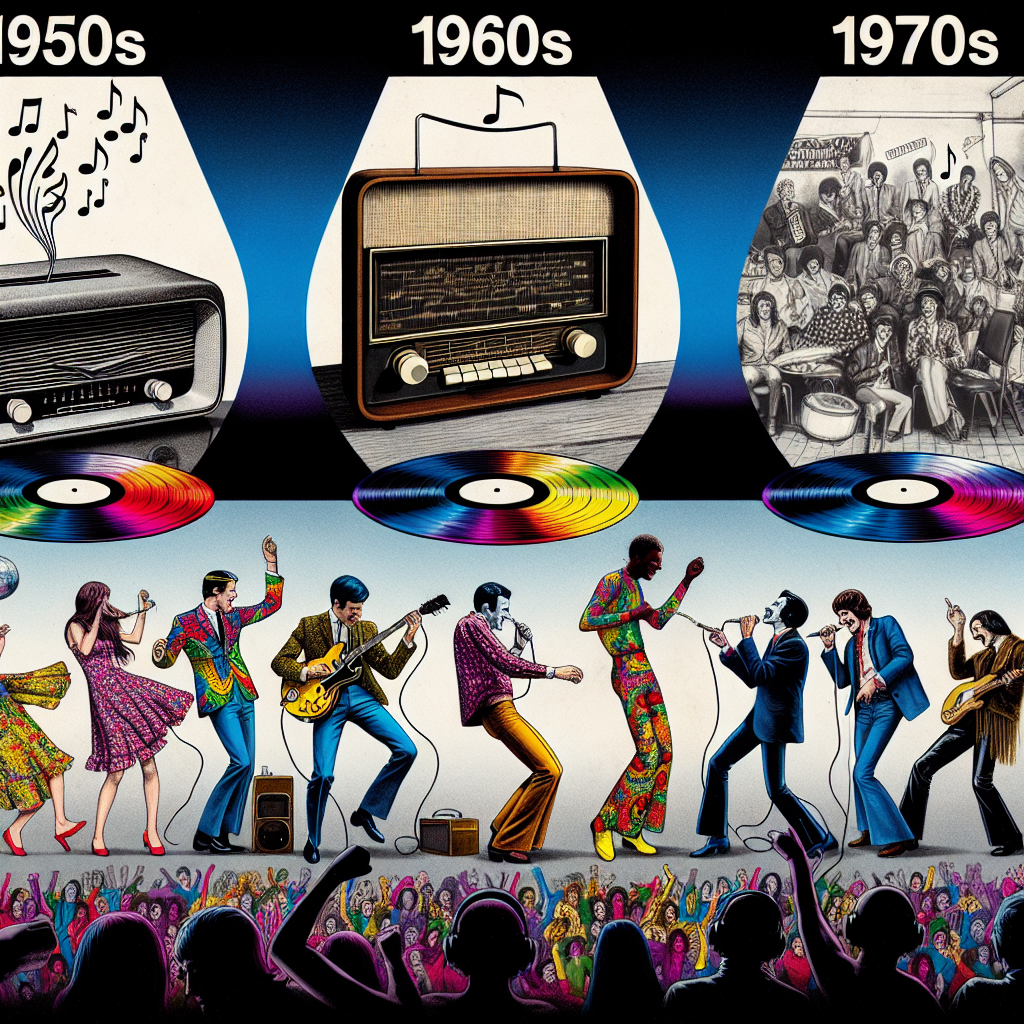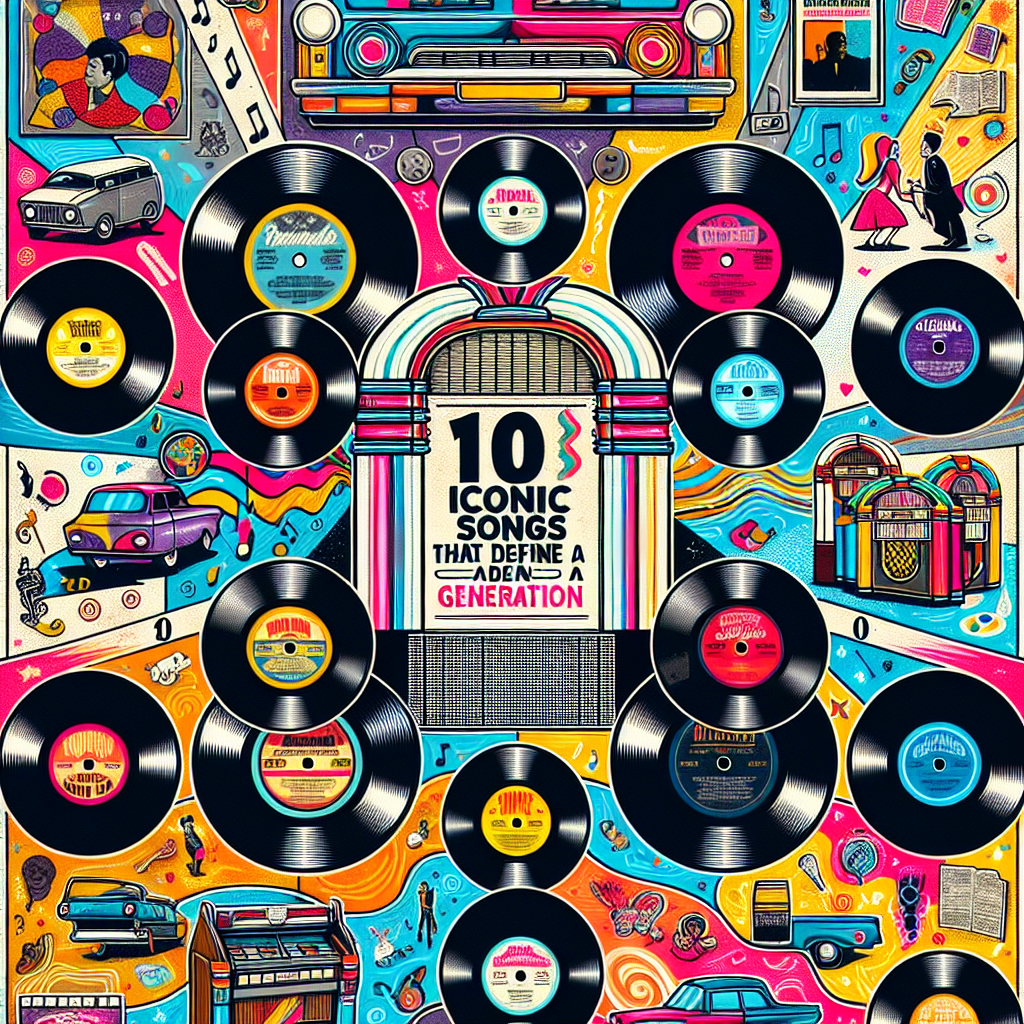The 1960s was a decade of immense change and upheaval, with music playing a central role in shaping the culture and attitudes of the time. From the rise of rock ‘n’ roll to the emergence of folk and psychedelic sounds, the 1960s saw a diverse range of musical styles that reflected the social and political movements of the era. Here are 10 iconic songs from the 1960s that defined a generation:
- “Like a Rolling Stone” by Bob Dylan
- “A Change is Gonna Come” by Sam Cooke
- “(I Can’t Get No) Satisfaction” by The Rolling Stones
- “Respect” by Aretha Franklin
- “Blowin’ in the Wind” by Bob Dylan
- “California Dreamin'” by The Mamas & The Papas
- “My Generation” by The Who
- “Hey Jude” by The Beatles
- “Good Vibrations” by The Beach Boys
- “What’s Going On” by Marvin Gaye
Bob Dylan’s “Like a Rolling Stone” is widely regarded as one of the greatest songs in rock music history. Released in 1965, this song captured the spirit of rebellion and nonconformity that defined the counterculture movement of the 1960s.
Sam Cooke’s soulful anthem “A Change is Gonna Come” became an anthem for the civil rights movement. Released in 1964, this song spoke to the struggles and hopes of African Americans during a tumultuous time in American history.
The Rolling Stones’ hit song “(I Can’t Get No) Satisfaction” captured the frustration and disillusionment felt by many young people in the 1960s. With its catchy guitar riff and rebellious lyrics, this song became an instant classic.
Aretha Franklin’s empowering anthem “Respect” became an anthem for both the feminist movement and the civil rights movement. Released in 1967, this song showcased Franklin’s powerful voice and message of empowerment.
Bob Dylan’s protest song “Blowin’ in the Wind” became an anthem for peace activists during the Vietnam War era. With its poignant lyrics and simple melody, this song resonated with audiences around the world.
The Mamas & The Papas’ hit song “California Dreamin'” captured the sense of longing and nostalgia that defined much of popular culture in the 1960s. With its dreamy harmonies and evocative lyrics, this song remains a timeless classic.
The Who’s rebellious anthem “My Generation” became an anthem for young people who were questioning authority and challenging societal norms. Released in 1965, this song encapsulated the spirit of youth rebellion that defined much of popular culture during this era.
The Beatles’ epic ballad “Hey Jude” became one of their most iconic songs. Released in 1968, this song showcased Paul McCartney’s songwriting prowess and emotional depth, making it a timeless classic that continues to resonate with audiences today.
The Beach Boys’ psychedelic masterpiece “Good Vibrations” pushed boundaries with its innovative production techniques and complex harmonies. Released in 1966, this song captured the optimism and experimentation that defined much of popular music during this era.
Marvin Gaye’s “What’s Going On” was released at a time when America was grappling with issues like racism, war abroad (Vietnam), political corruption (Watergate), economic challenges (oil crisis). This soulful track addressed these concerns head-on while offering hope for change through love & understanding – ultimately becoming one his most enduring hits!
In conclusion, these iconic songs from the 1960s not only shaped musical trends but also reflected broader cultural shifts happening at that time. From protests against war to calls for social justice, these songs continue to resonate with audiences today as reminders of an era marked by change and innovation.
